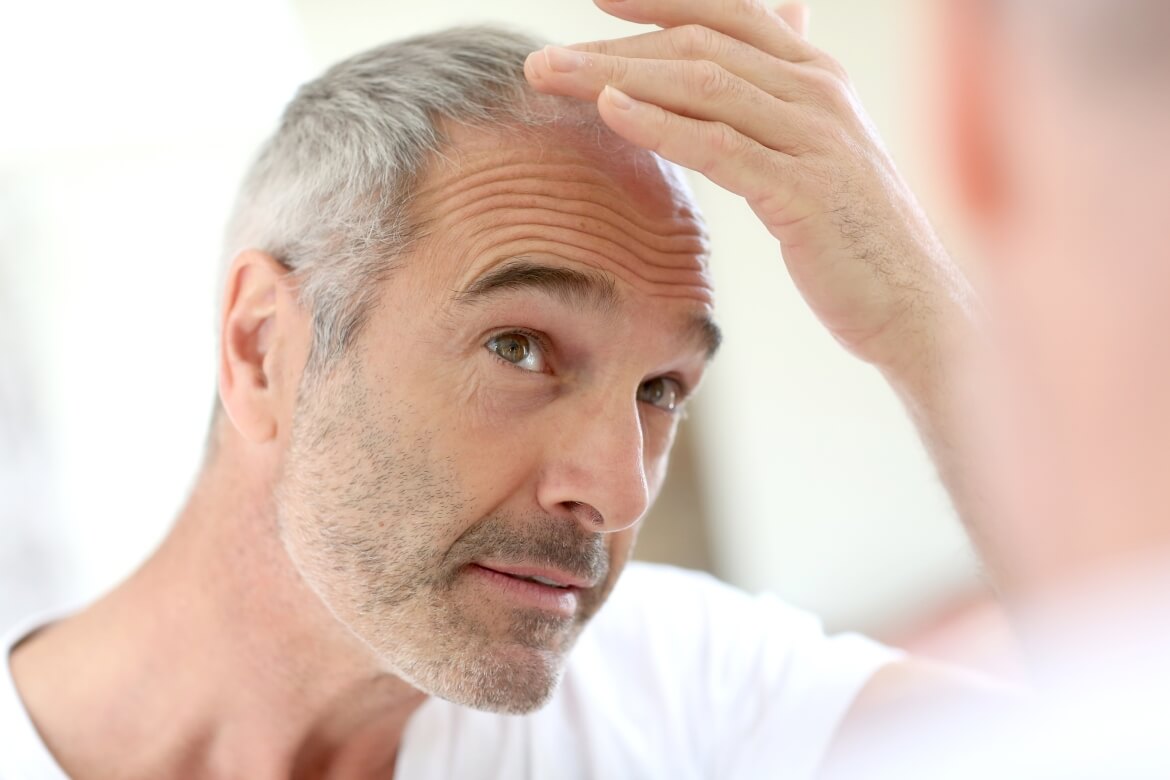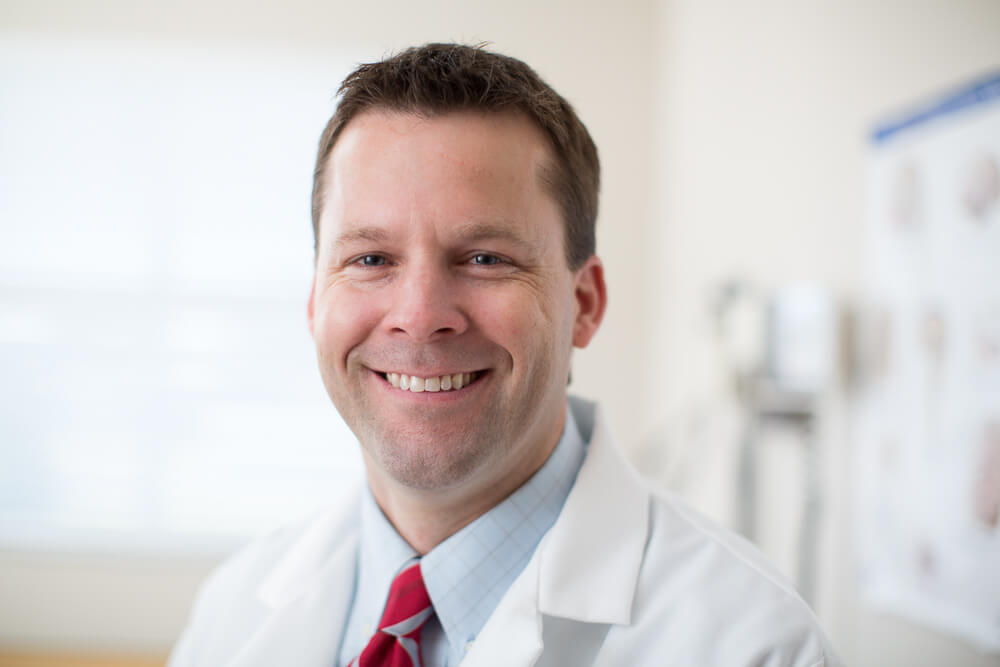A person loses about 50 to 150 strands of hair each day.
However, if you’re starting to notice more hair on your pillow, in the shower or in your hairbrush, it might be a sign of a health problem.
“Hair loss can have several causes,” says Greg Reeves, a physician assistant at Ogden Clinic Dermatology. “The most common causes are genetic and hormonal (including thyroid disorders) leading to male and female pattern hair loss. This type of hair loss shows in about 50 percent of people over the age of 50.
“Other causes can include autoimmune disease, childbirth, surgery, hair holders, mineral deficiencies, fungal infections, Lupus, anemia, and stress,” says Reeves.
Reeves says stress plays a significant role in hair loss. Hair loss from the stress of childbirth or surgery, however, will resolve, and hair will usually grow back. There is also a condition called Trichotillomania, a psychological disorder in which a person pulls out one’s own hair.
According to WebMD, the average adult has around 100,000 to 150,000 strands of hair, which is made up of a protein called keratin, produced in hair follicles in the outer layer of skin. As new hair grows, at a rate of around six inches per year, old hair falls out.
Instead of watching your hair fall to the ground, there are some things you can do to help to at least slow the process. First of all, see your doctor to rule out any health concerns.

Propecia® (finasteride) is a medication that decreases the active version of testosterone. It has been found to be a bit more effective than Rogaine® (minoxidil) which improves blood flow to the scalp. The combination of both works better than either alone. Hair transplantation where small areas of hair in good growth areas are moved to areas needing better coverage also can be quite effective.
“Almost every cause of hair loss can be helped or at least slowed using biotin supplements and topical minoxidil foam or liquid,” Reeves says. “These are over-the-counter remedies and we routinely ask patients to start these treatments while a cause, if any, is being investigated. These two basic treatments have been to shown to at least hold the fort in most cases.”
Yale University School of Medicine also released the results of a study in which a rheumatoid arthritis drug helped a man with alopecia universalis grow a full head of hair. The drug seems to turn off the immune system’s attack on hair follicles that occur with the condition.
Some other things you can do to help your hair is to eat lean meats, nuts, beans, fish and leafy greens, massage your head in the shower to improve blood flow, and cut back on styling tools such as hot irons, blow dryers and elastic bands.
***
Greg Reeves practices dermatology and hair-loss treatment at Ogden Clinic’s Professional Center North. To schedule an appointment with Greg, please click here or call 801-475-3090.

***Article originally seen in the Standard-Examiner.




.4).2511050842400.png)
.jpg.2511241144379.webp)